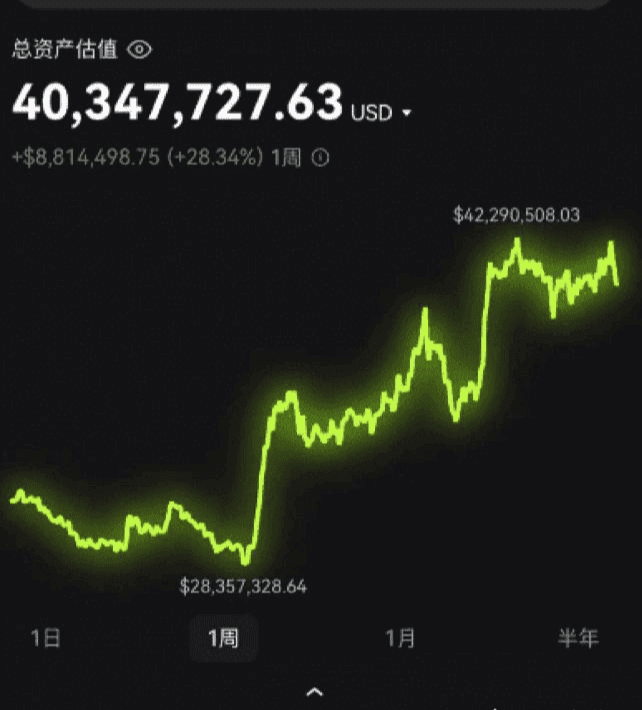
My trading method is very simple and practical. In just one year, I traded to an 8-digit figure, only doing one type of trade. I only enter the market when I see an opportunity; I do not trade without a setup, maintaining a win rate of over 90% for five years!
In March 2025, I spent a whole month quickly earning over 120,000 U from a small capital. This contract trading method is simple and applicable, suitable for everyone!
Hello, I am Crypto Old Wang, focusing on cryptocurrency for 12 years. In this world full of uncertainties and possibilities, every choice may determine the future wealth trajectory. I understand the difficulties and challenges involved, so I always uphold my bottom line, exploring this tempting yet promising field with caution and courage. If you also have aspirations and pursuits in the crypto world, let's move forward together.
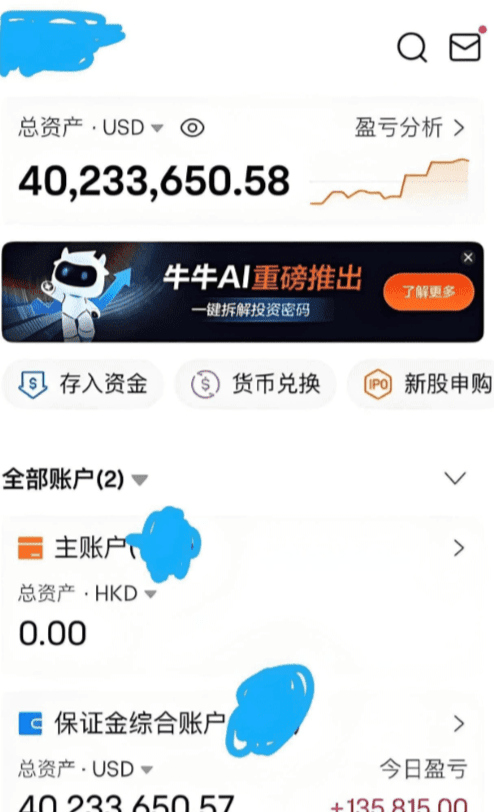
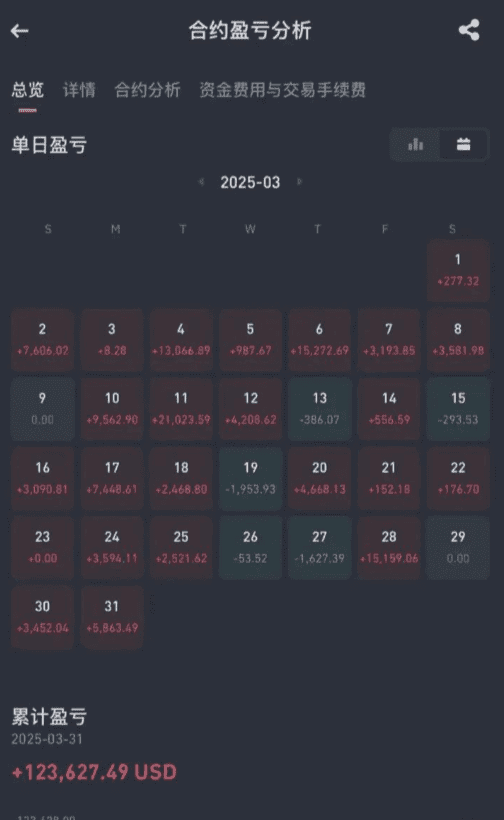
Cryptocurrency investment advice for friends in the market.
1. Make good use of stop losses.
When you trade, you should establish an acceptable loss range, and make good use of stop-loss orders to avoid uncontrollable losses! The stop-loss range is determined by your capital situation. If you hit a stop loss, do not hesitate, as you have removed the risk of the market continuing to worsen and the losses expanding indefinitely.
2. You cannot rely solely on luck and intuition.
If you do not have a fixed trading method, your profits are likely to be very random, relying on luck. Such profits cannot last long. Or, one day of bad luck could lead to similar losses. Intuition in trading is important, but relying solely on intuition is a risky behavior. Understanding the reasons behind profits and developing your personal profit-making methods is the most important.
3. Act within your means.
Trade volume should be measured according to account size; do not overtrade. Generally, do not risk more than 20% of your account funds per trade. Following this rule can effectively control risk, and overtrading in one transaction is unwise, as it can easily lead to uncontrollable losses.
4. Trading capital should be sufficient.
The smaller the account size, the greater the trading risk. Therefore, avoid letting the trading account be just enough for a 100-point fluctuation. Such an account size does not allow for a mistake, but even experienced traders can make errors in judgment.
5. Learn to thoroughly execute your trading strategy and do not make excuses to overturn your original decisions.
To avoid this deadly mistake, you must remember a simple rule: do not let risk exceed the previously set acceptable range. Once losses reach the set limit, do not hesitate; close your position immediately!
6. Mistakes are inevitable; learn from them and do not repeat them.
Errors and losses are inevitable; do not blame yourself. What matters is to learn from them and avoid making the same mistakes again. The quicker you learn to accept losses and take lessons, the sooner profitable days will come. Additionally, learn to control your emotions; do not become arrogant because of profit, nor discouraged due to loss. In trading, the less personal emotion you have, the clearer you can see the market situation and make correct decisions. Face gains and losses with a calm mindset, understanding that traders learn not from profits but from losses. When you understand the reasons behind each loss, it means you have taken a step closer to profitability because you have found the right direction.
7. You are your greatest enemy.
The biggest enemy of traders is themselves — greed, impatience, uncontrolled emotions, lack of preparedness, and overconfidence can easily lead you to overlook market trends, resulting in erroneous trading decisions. Do not trade simply because you haven't traded for a long time or because you are bored; there are no strict standards dictating the amount to trade within any given period.
8. Follow the trend, do not go against it.
That said, some people, even if they understand every point mentioned in the above text, still face numerous problems in actual operation, because the mindset during execution is entirely different from when reading this article. At that time, you need to find a trusted teacher to help you control risk effectively, allowing you to trade without worry and manage risks effectively.
The most important thing in investing is not how much you can make in one go, but whether you can control risk and achieve steady profits over the long term. For any operation, before entering, first look at the trend, find a suitable entry point according to the trend, and finally control the timing. Find the right direction, minimize risk, and maximize profit; because of focus, one becomes professional. In investing, everyone has their unique experiences and stories.
As long as you are good at summarizing, overcoming weaknesses like greed or fear in your personality, and cultivating correct investment thinking and good trading habits, there will come a day when you will leave behind your own exciting investment story.
The way to manage finances: Follow the trend, strictly set stop losses, and strive for stability; move stop losses to maximize profits! Over time, I believe you will certainly see some gains on your investment journey, becoming skilled at seizing market opportunities with a smile.
These six iron rules of the crypto space; if you can understand one, you can lose ten thousand less; if you can truly achieve three, you have surpassed 90% of retail investors.
First Rule: Fast rises and slow declines indicate that the institution is accumulating, not that you should exit.
A sharp rise followed by a slight drop is a washout, not a peak. What you should truly fear is a sharp rise with high volume followed by a bearish candle — that's a typical bait-and-switch.
Second Rule: Fast drops and slow rises indicate that the institution is exiting, rather than picking up bargains.
The market drops sharply with a big bearish candle, then begins to slide down slowly; this is not an opportunity to buy low, but 'the last bait'. 'It's already dropped so much' is not a bottom, it's a trap.
Third Rule: High volume at the top does not necessarily mean a collapse; a lack of volume at the top is truly dangerous.
If there is still volume at a high level, it indicates that there is still market sentiment, and there may be a possibility of a spike; but if there are no buyers at the top and trading is sluggish, that is a signal that a change is coming.
Fourth Rule: High volume at the bottom doesn’t necessarily mean a buy; sustained volume is what’s worth trusting.
Occasionally increasing volume in a single day may be bait; the true signal for building a position is a breakout after several days of low volume oscillation, which is reliable.
Fifth Rule: Trading cryptocurrencies is actually trading emotions; volume is more real than price.
Candlesticks are the result, while volume is the cause. Market consensus is written in the volume; truly large players have long since conveyed their intentions through volume.
Sixth Rule: Not having an attachment is the highest realm in the crypto space.
Without attachment, you can remain in cash; without greed, do not chase highs; without fear, be brave. This is the psychological quality gained from experience, not 'Buddhism', but efficiency.
There are always opportunities in the market; what’s lacking is whether you can keep your hands steady and see the situation clearly. What you're trading is cryptocurrency, but in reality, you're trading yourself.
What you lack is not effort or opportunity, but someone who can help you achieve stable profits in this market.
Indicators that cryptocurrency traders must know [Swing Trading Win Rate Over 90%]. Once mastered, the crypto space will be your 'ATM'.
I have compiled the essence of [Swing Trading]. As long as you master it, trading cryptocurrencies using this method guarantees a 30-fold increase in your account. Today, I have specifically organized this valuable content and shared it with those destined to receive it; be sure to keep it well.
Swing trading is a method aimed at capturing the market's 'every move'.
This process is completed by fully exiting trades before the opposite market trend arrives.
For example, if you buy at a support level, you want to exit the trade before a resistance level forms, as the selling pressure above may eat into your profits.
Here’s an example:
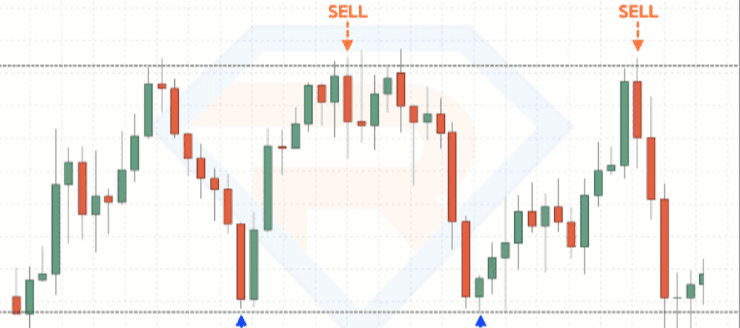
Swing trading can be applied in most time frames, but generally, using it in 1-hour or higher time frames is more suitable.
Now let me share a few tips about swing trading, hoping to assist your trading.
#1: Best Market Conditions for Swing Traders
As a swing trader, you need to determine market conditions that may be beneficial for you. An ideal market meets two conditions:
Good Trend
Weak Trend
Good Trend
When the market follows the 50-period moving average and stays above it, it can be said that the market is in a good trend.
But why is a good trend suitable for swing trading?
First, you trade in the direction of the trend, which increases your win rate. Next, you can easily identify the market's 'ebb and flow' (prices go up, then pull back, then go up again...)
Therefore, as a swing trader, you want to buy when the market pulls back to the 50-period moving average and sell before reaching the previous swing high.
Moreover, the distance from the 50-period moving average to the swing high represents your potential profit, typically with a risk-reward ratio of 1:1 or even higher.
Let's look at the following example:
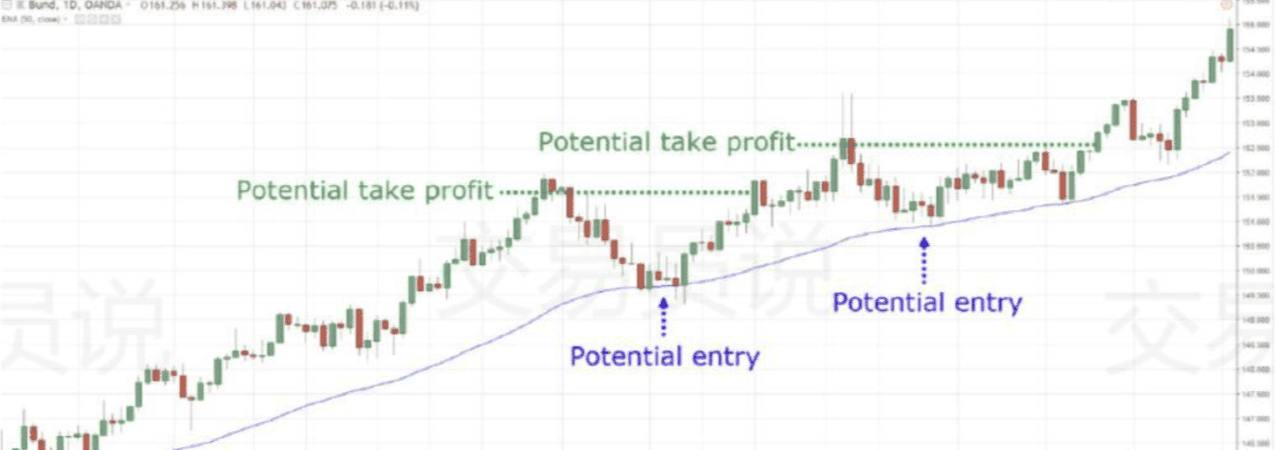
Weak Trend
Now, another market condition that is very suitable for swing traders is a weak trend.
In this market condition, the market is still in a bullish trend, but the pullbacks are much larger and tend to follow the 200-period moving average or support.
Look at the following example:
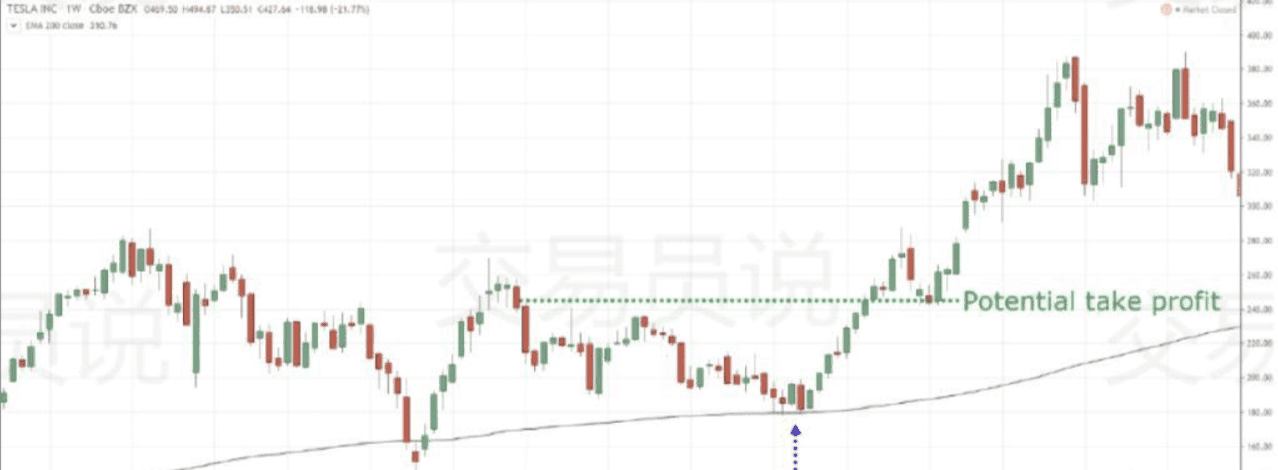
Now, the method of trading a weak trend is the same as that of a good trend — you want to buy in a value area a month later and then sell before entering at reverse pressure.
#2: Do not stray far from the value area; trade near it.
As mentioned above, good trends and weak trends are the most favorable times for swing trading. However, just because the market is in an uptrend doesn't mean you should blindly enter.
Why?
Because you do not have a reasonable position to set a stop loss.
Look at the following chart example:
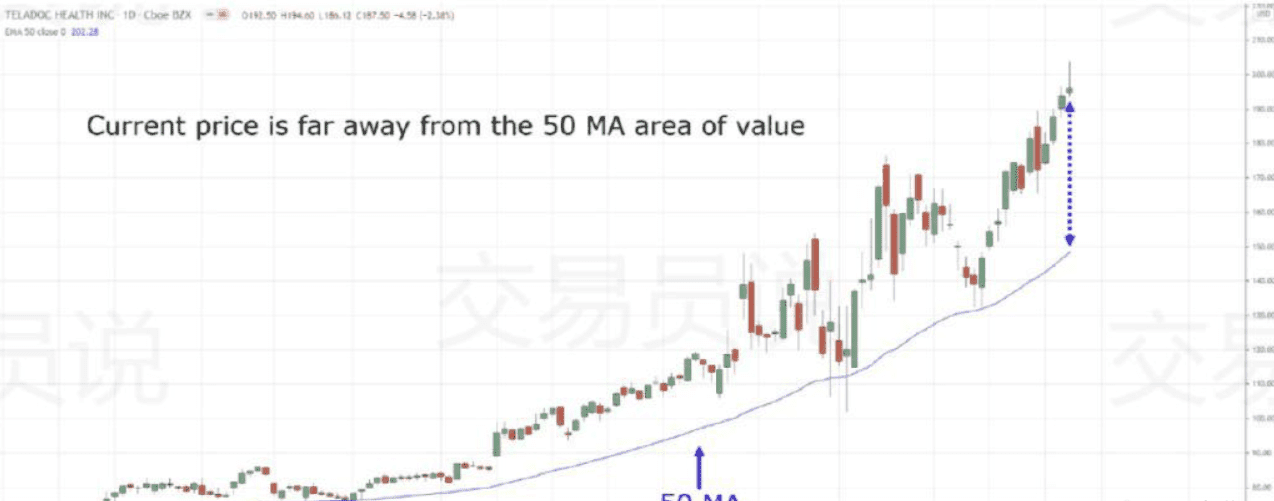
The above image shows that the market is in a good uptrend and is nearing a swing high.
If you enter now, where would you set your stop loss? You will realize that there is no reasonable position to set a stop loss at least below the 50-period moving average.
Of course, if you insist on doing so, this trade will offer you a poor risk-reward ratio.
This is what I mean...
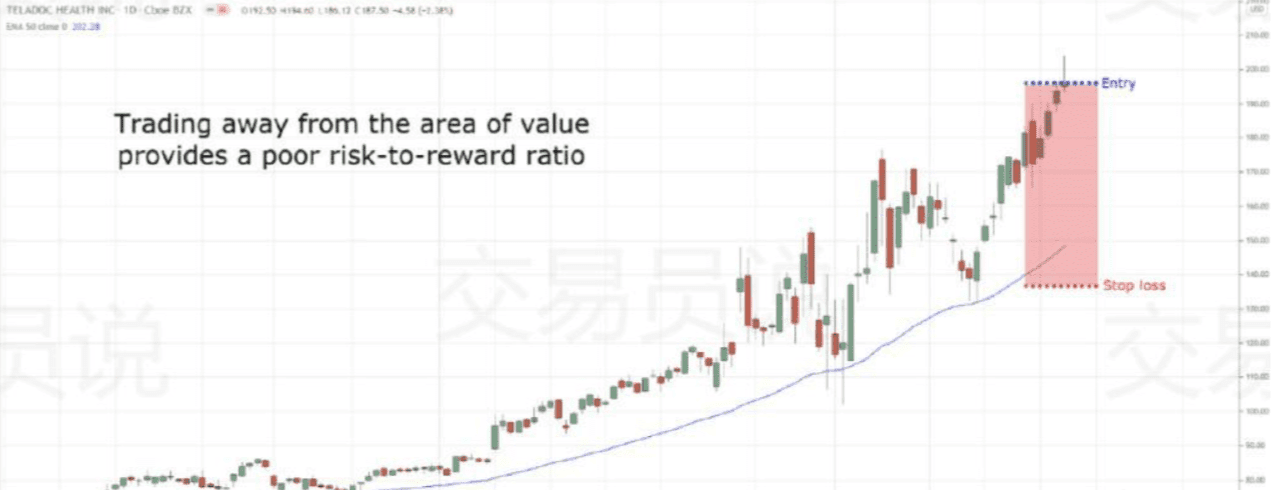
So, what are some good solutions?
In fact, it's quite simple — trade near the value area, do not stray far from it.
Thus, if your value area is at the 50-period moving average, let the price get closer to it before establishing a long position.
Expert Tip: Your value area can be support/resistance levels, trend lines, channels, etc.; this concept still applies.
#3: Price rejection is the entry time.
Once the price enters a valuable area, what should you do next?
You should look for price rejection — this indicates that the bulls are temporarily in control (and may push the price higher).
On the chart, price rejection can appear in the form of reversal candlestick patterns, such as hammers, shooting stars, engulfing patterns, etc.
But the key is that the price must 'quickly leave' the value area.
Here’s another example:
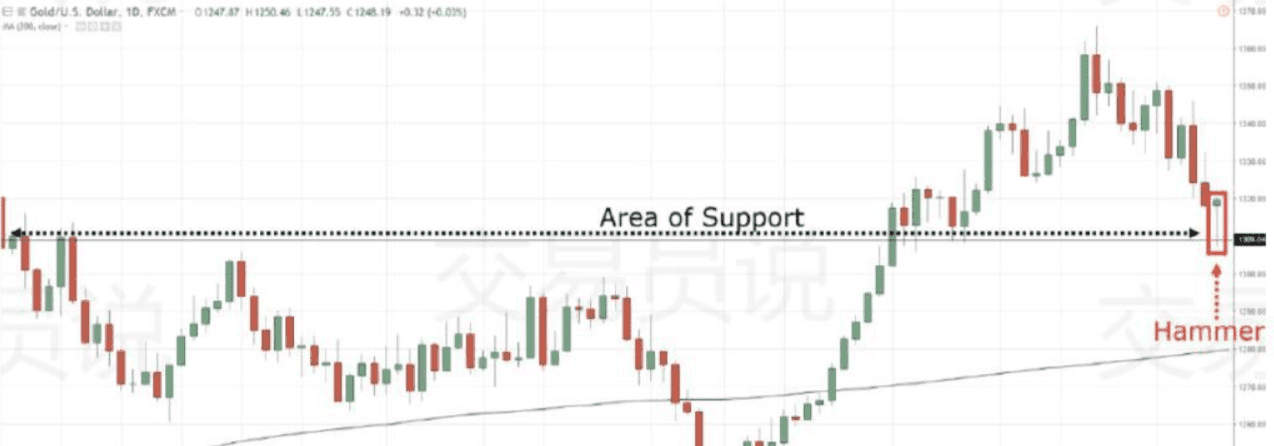
Have you noticed how quickly the price leaves the value area? Candlestick patterns are not the only method to identify price rejections, as they can also appear as in the following chart:
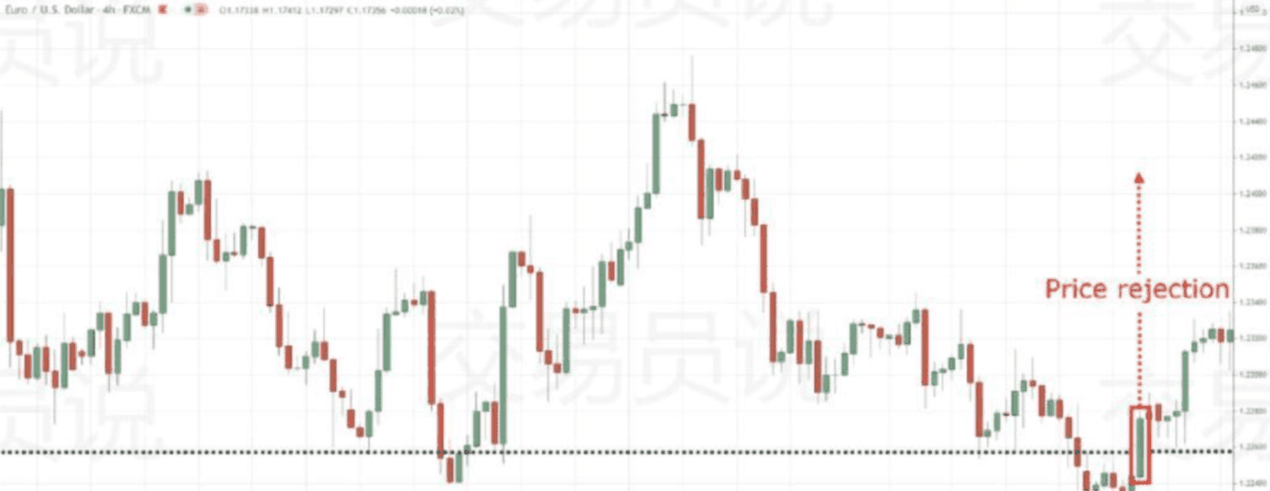
Remember, the key in the chart is that the price 'quickly leaves' the value area, not the candlestick pattern. Reversal candlestick patterns can help you define price rejection, but they are not the only method.
Expert Tip: Not all swing trading strategies require 'confirmation' or price rejection to determine your entry timing.
#4: How to avoid exiting due to premature stop loss.
How should you handle this:
Waiting for Ideal Market Conditions
Trade in the value area.
Waiting for effective entry signals to trigger.
However, if you set your stop loss at a lower level, you will exit too early (even before the market has a chance to move in your favor). Therefore, do not set your stop loss based on an arbitrary level.
Instead, utilize the value area to your advantage and set your stop loss above that area.
This way, the market must 'make its best effort' to reach your stop loss, providing your trade with more breathing room and better exercise opportunities.
For long-term trading, here’s how to achieve this:
1. Determine the current Average True Range (ATR) value. 2. Determine the lowest price level of your value area. 3. Subtract the current ATR value from the lowest price point — this is your stop loss level.
See the example below:
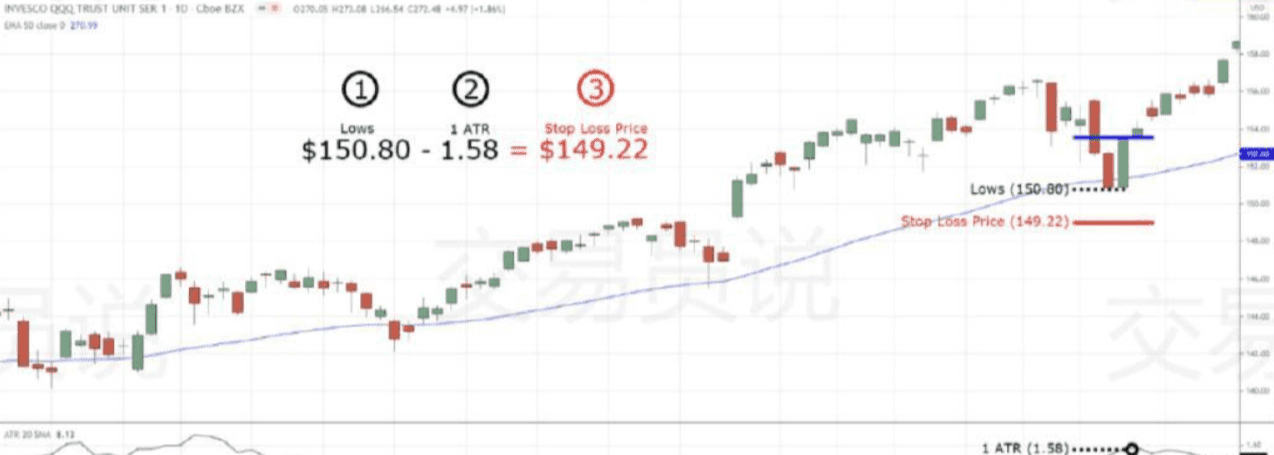
This concept can be applied in any valuable field, such as support/resistance, trend lines, and channels.
#5: Set a suitable target and pocket the profits.
Every time I hear traders comment, I laugh: 'If you want to be a profitable trader, you must have at least a 1:2 risk-reward ratio.'
Now let me ask you: What’s so special about a 1:2 risk-reward ratio? Why not 1:10? Or even 1:100?
So this is the truth...
The market does not care about your risk-reward ratio — it will go where it wants to go.
The only thing you can do is observe what the market has done before and use that as a clue that it might do the same in the future.
For example:
If the market previously crashed at the $100 price point, then the next time it approaches $100, there may be selling pressure at that level.
As a swing trader, you do not want to set your target at $105, $100, or $110, as these levels may not be reached due to selling pressure.
Instead, you want to exit the trade before $100 (around $99) — just before entering at reverse pressure.
This means if you are going long, you need to exit at the following time:
Swing High
Resistance Level
Downward Trend Line
(Short-term trading is exactly the opposite.)
This is an example of exiting a trade just before reaching resistance levels:
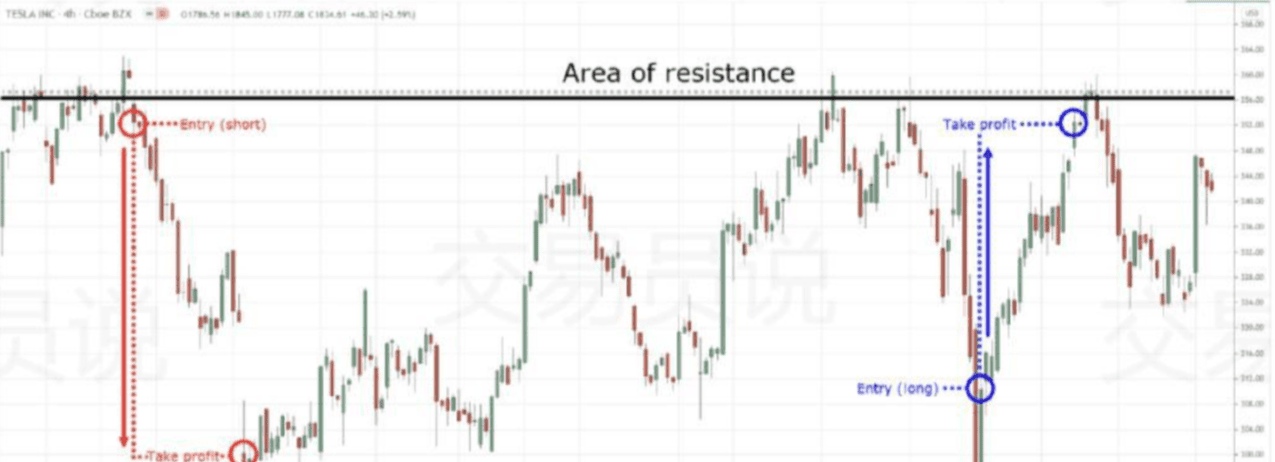
From the above image, do you think it makes sense?
Extra Advice #1: Secure half profits, follow the trend with the other half.
As a swing trader, you often have to give up the opportunity to capture trends. However, what if I told you there’s a method to capture volatility while also trading with the trend?
Let me introduce a method: Scale half ride half (secure half profits, follow the trend with the other half).
This is the underlying logic behind it...
You close half of your position before entering at the reverse pressure. For the remaining half, you can use a trailing stop to follow the trend.
The following is an example:
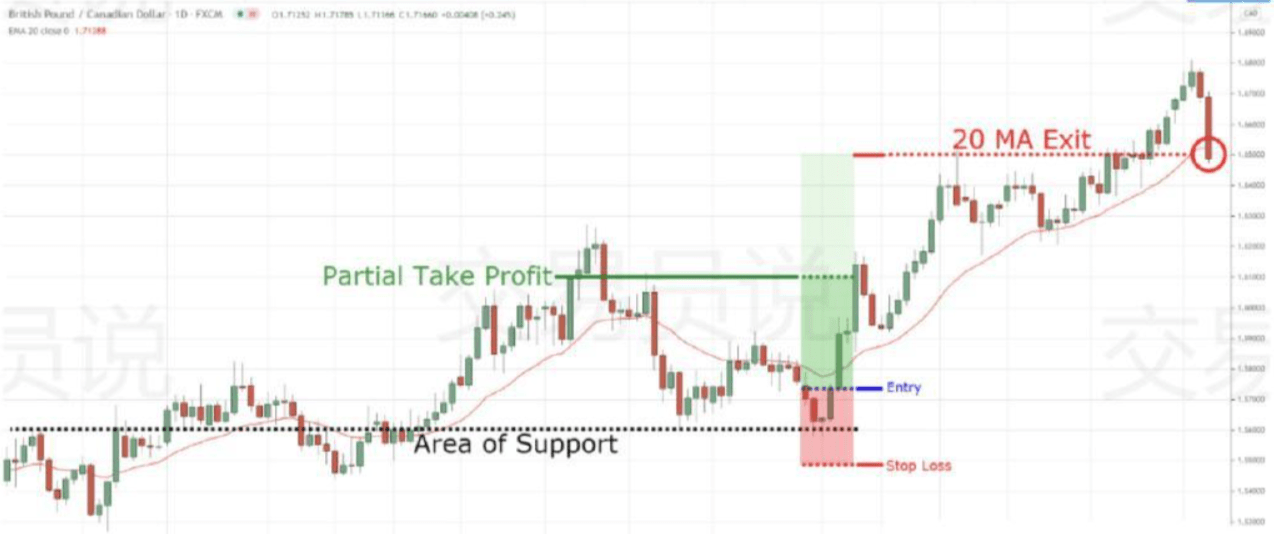
The benefit of doing so is that you can capture price fluctuations for corresponding profits while also following the trend to further increase profits.
However, if the trend has not yet materialized, the price may return to your entry point, or worse, trigger your stop loss.
Extra Tip #2: Understand the Characteristics of Currency Pairs in Trading
Not all currency pairs are the same. Some exhibit trending behavior, while others exhibit mean-reversion behavior.
Now you might be wondering: 'How can I tell if a currency pair has trending or mean-reversion behavior?'
You can run backtests to find the results for any currency pair...
1. If the price breaks above the previous day's high, go long. 2. If the price breaks below the previous day's low, exit long positions and go short. 3. If the price breaks above the previous day's high, exit short positions and go long.
Clearly, when you run this 'trend-following' backtest, currency pairs with trending behavior should make money in the long run.
Additionally, currency pairs with mean-reversion behavior should lose money in the long run.
Trending Currency Pairs
For currency pairs with trending behavior, as the market continues to move in the direction of the breakout, this backtest will yield positive results.
Here’s an example with GBP/JPY:
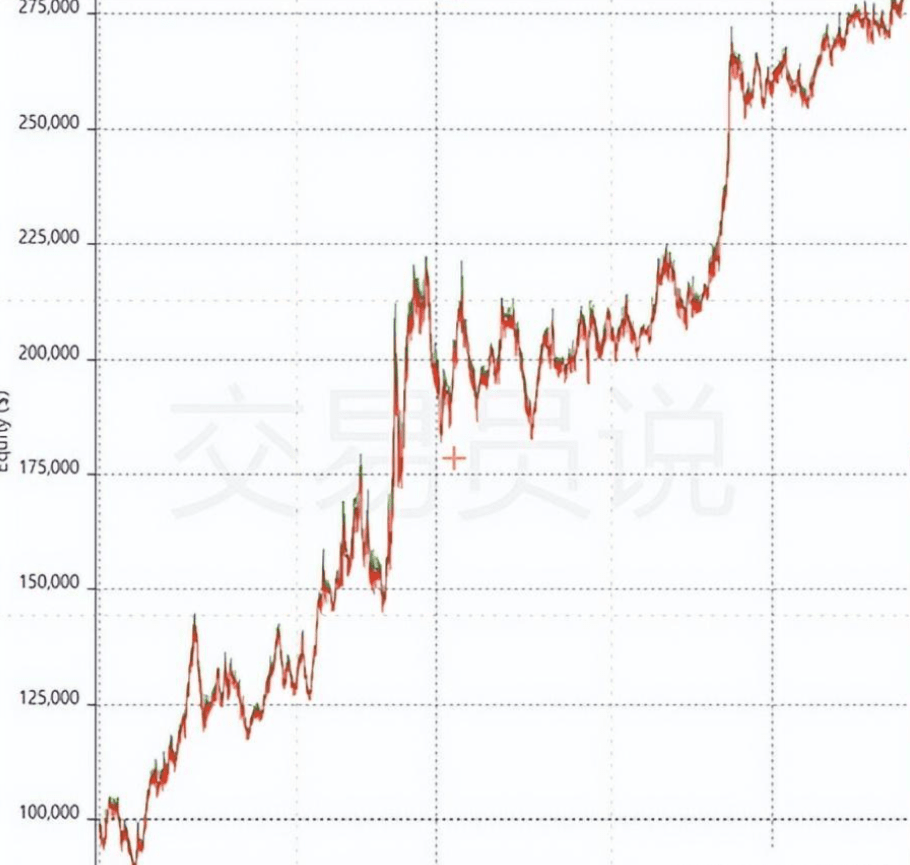
Mean-Reversion Currency Pairs
For currency pairs with mean-reversion behavior, this backtest will yield negative results because there is a lack of trending behavior whenever the price breaks above or below the previous day's high/low.
Here’s an example with AUD/CAD:
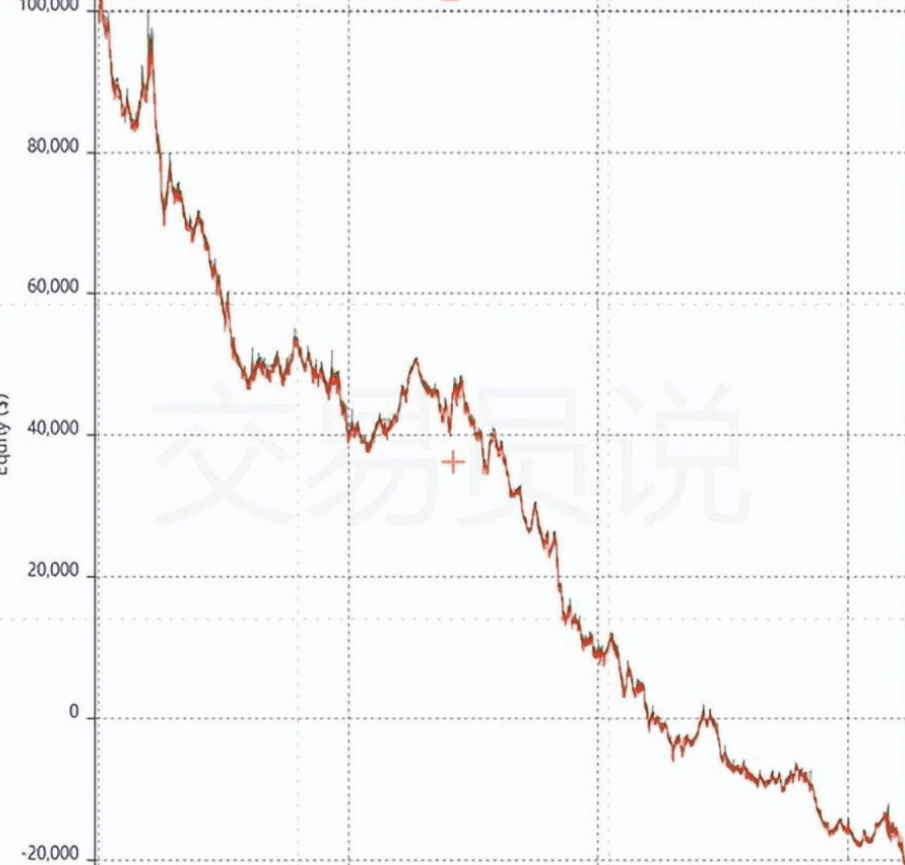
The question is: 'How do you benefit from this knowledge?'
It's simple. If you know which currency pairs exhibit mean-reversion behavior, then you can use this 'natural behavior' to determine your entry and exit times.
For example:
You know that AUD/CAD tends to reverse at the previous day's highs/lows.
Therefore, if you are going long, you can exit at the previous day's high (as this currency pair often reverses at that level).
Or, if you want to short AUD/CAD, the previous day's high is a possible consideration level, as it often reverses at the previous day's high.
Conclusion
So, here are the swing trading tips you have learned:
The best market conditions for swing trading are within healthy trends and weak trends.
Trade near value areas so that you can buy low and sell high (do not trade far away from it).
You can use candlestick reversal patterns, such as hammers, engulfing patterns, etc., to determine your entry timing.
Set your stop loss at a distance of 1 ATR from the value area, thus giving your trade more breathing room and avoiding premature stop loss exits.
You can set profit targets before entering when facing directional pressure (if you are trading long, you can exit before resistance levels, swing highs, etc.).
You can exit half of your position before entering at the reverse pressure and use a trailing stop on the remaining position to follow the trend.
For mean-reversion currency pairs like AUD/CAD, you might consider taking profits at the previous day's high/low.
There is a saying I strongly agree with: The boundary of knowledge determines the boundary of wealth; a person can only earn wealth within the boundaries of their knowledge.
Maintain a good mindset for trading cryptocurrencies; don’t let your blood pressure rise during a crash, nor get carried away during a rise; securing profits is important.
No single person can achieve success alone; if you lack a good circle and the latest news in the crypto space, then I recommend you follow Lao Wang, who can help you profit without cost. Welcome to join the team!